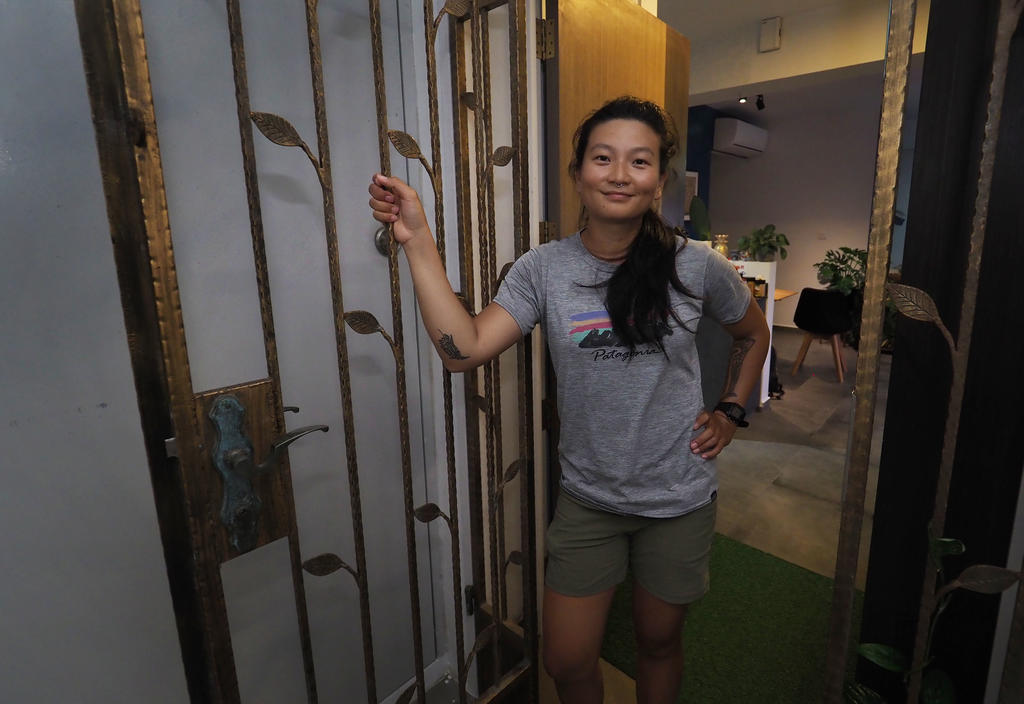About 10,000 years ago, sea levels in Singapore were at least 20m lower than today.
But with the ice age coming to an end, melting land ice fuelled the oceans and sea levels rose over the next three millennia.
Eventually, rising waters flooded and killed a mangrove forest along Singapore’s southern coast, according to a new study by climate scientists at the Republic’s leading Nanyang Technological University (NTU).
On June 4, their findings were published in the scientific journal The Holocene. They offer insight into how rising sea levels at present could impact the country in the years to come – especially when the accelerating rate of sea-level rise due to human activity is taken into consideration.
Researchers found that from 10,000 to 5,000 years ago, sea levels were rising at rates as high as 10mm to 15mm a year.
Sea-level data for the subsequent two millennia is patchy and NTU researchers are looking to fill the gaps.
Preliminary data, however, indicates that modern sea levels were reached about 3,000 years ago and remained relatively constant until the start of the Industrial Revolution in the 18th century.
In the 20th century, a warming planet due to human emissions caused sea levels to rise 1mm to 2mm a year as water expands when heated.
Today, the rate is between 3mm and 4mm a year – thermal expansion is still happening but land ice is also melting faster.
Scientists say sea levels would only rise faster, as mankind continues to burn fossil fuels and fell forests, putting more and more heat-trapping gases into the atmosphere.
Study lead author Stephen Chua, who did the research as part of his doctoral work at NTU’s Earth Observatory of Singapore and the Asian School of the Environment (ASE), said understanding how sea levels have changed in Singapore could lead to more robust and accurate local projection of sea-level rise.
A better understanding of the fluctuations will help scientists here come up with models that can more accurately predict sea-level rise in this part of the world instead of relying on global forecasts.
Dr Chua added: “The study offers a strategic insight for Singapore as it moves to adapt to climate change.”
Looking back to look ahead
To figure out what sea levels were like all those years ago, the researchers had to dig deep into the earth.
They looked through thousands of available borehole logs – records of holes that have been drilled into the ground for infrastructure projects – to find an area with deposits such as marine mud and mangrove peats.
Such deposits accrete, or accumulate, layer by layer and contain pollen and microfossils of foraminifera – tiny organisms found in marine environments.
Their presence can help researchers determine how sea levels have fluctuated in Singapore.
For instance, the presence of foraminifera in one part of the core indicates that seawater had likely inundated the area then. On the other hand, if pollen from trees is found in another segment of the core, it could mean seawater did not extend that far inland at that point.
Radiocarbon dating – a technique also used by archaeologists – can be used to determine the exact age of the deposits.
The climate scientists at NTU discovered abundant mangrove pollen 20m below the current sea level, indicating that a mangrove shoreline existed in southern Singapore almost 10,000 years ago.
The findings show the limitations of using mangroves as a nature-based solution to keep out the rising tides, according to the researchers.
Because the complex root systems of mangrove trees can trap sediment from the tides as they ebb and flow, they can, to an extent, keep pace with sea-level rise and are considered a natural defence against rising waters.
Despite mangroves’ adaptability and effectiveness as a coastal defence, the study highlights their limitations in the event of rapid sea-level rise, said the NTU researchers in a statement.
Professor Philip Gibbard, a geologist from the Scott Polar Research Institute at the University of Cambridge who was not involved in the study, said sea-level records from places far from the ice sheets were important, as the processes driving sea-level changes in such areas would be different from the processes nearer to the poles.
“This important contribution from Singapore and the region provides a valuable record… This record can then be further refined as more studies become available in the future,” he said.
This story, provided by The Straits Times, has been shared as part of World News Day 2021, a global campaign to highlight the critical role of fact-based journalism in providing trustworthy news and information in service of humanity. #JournalismMatters.












